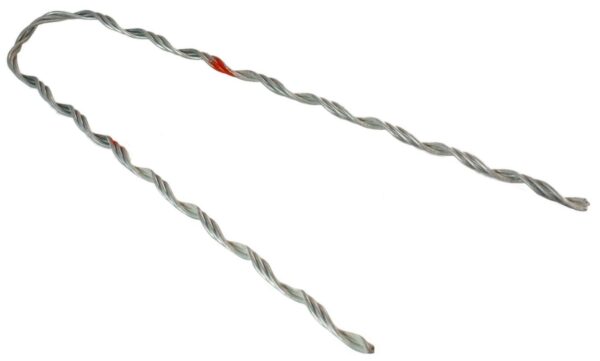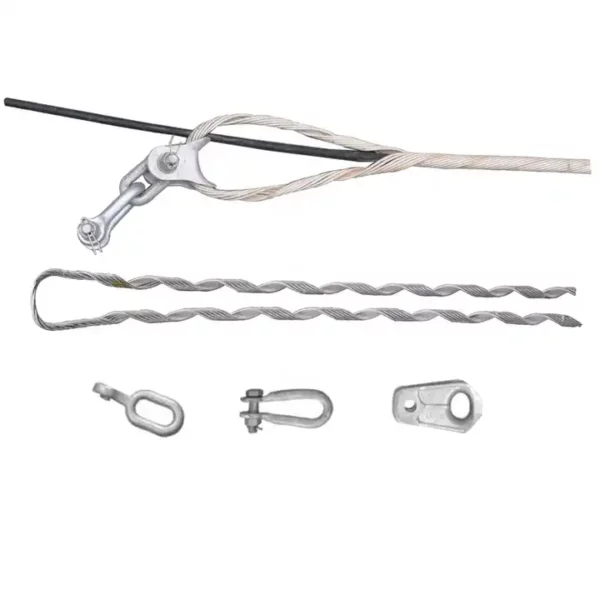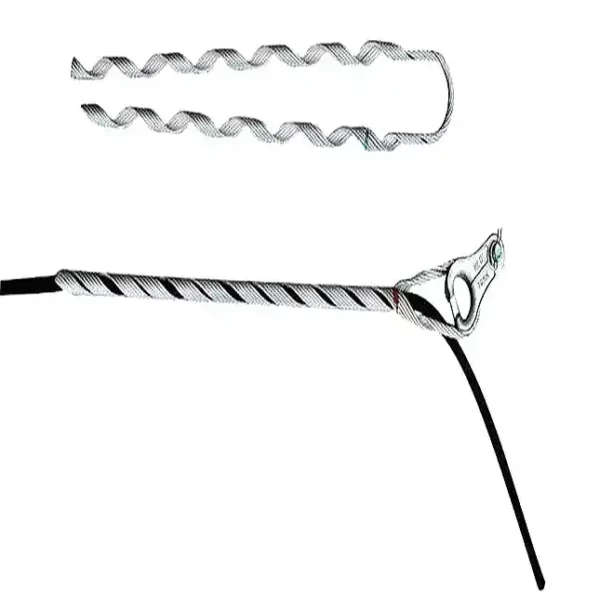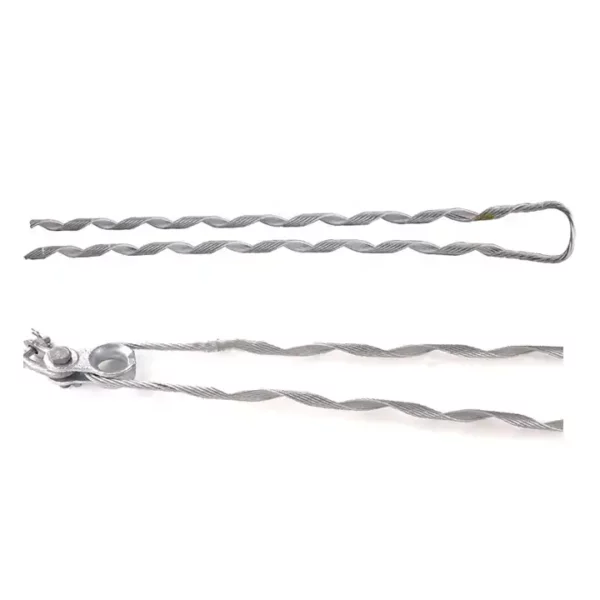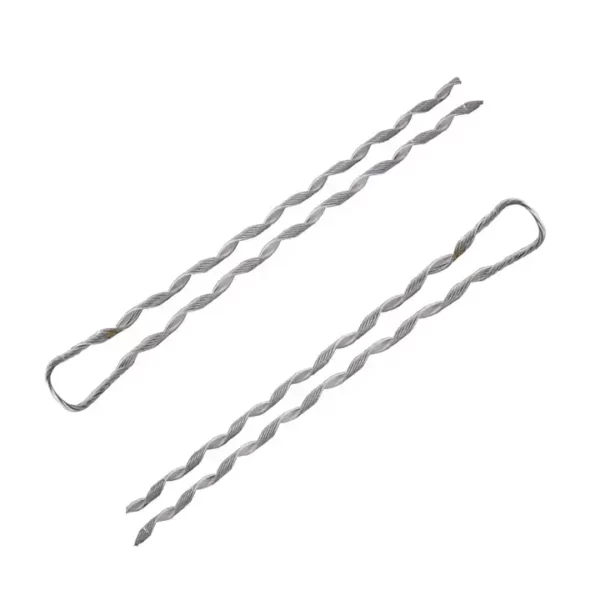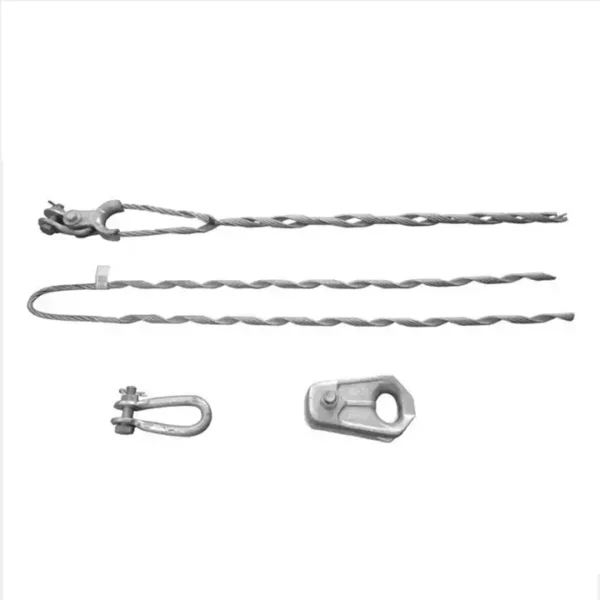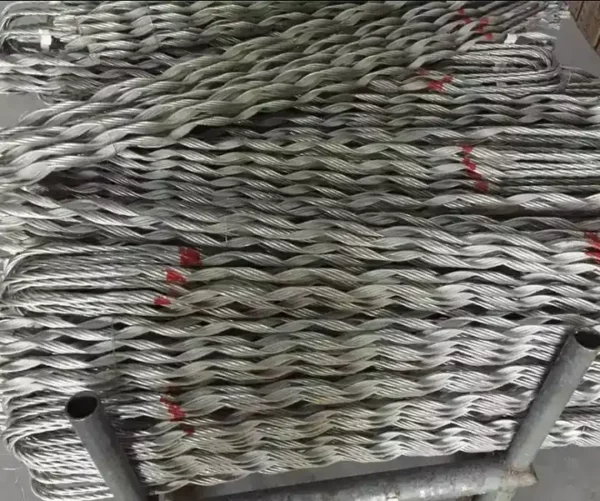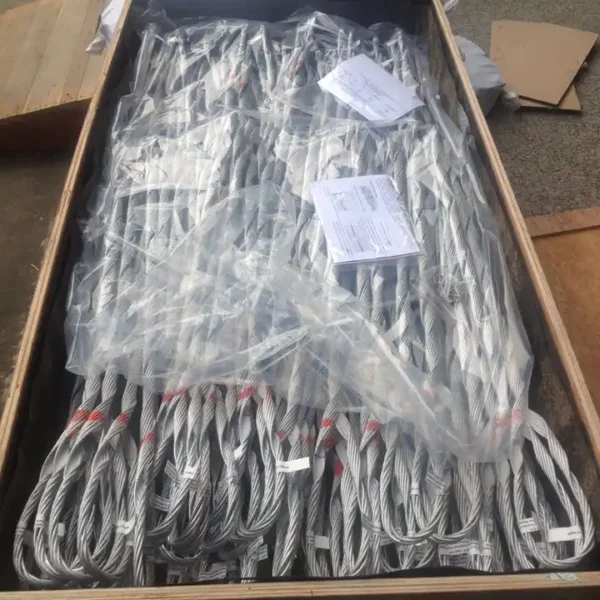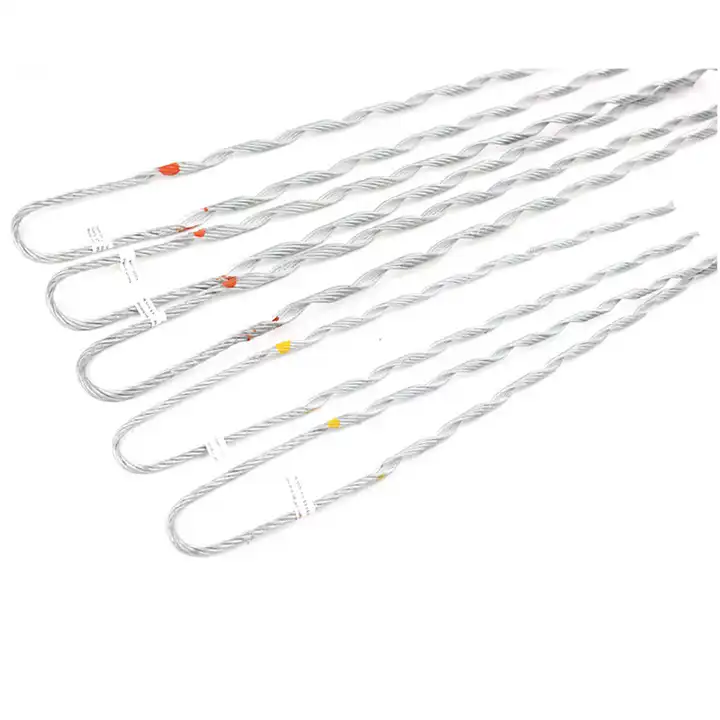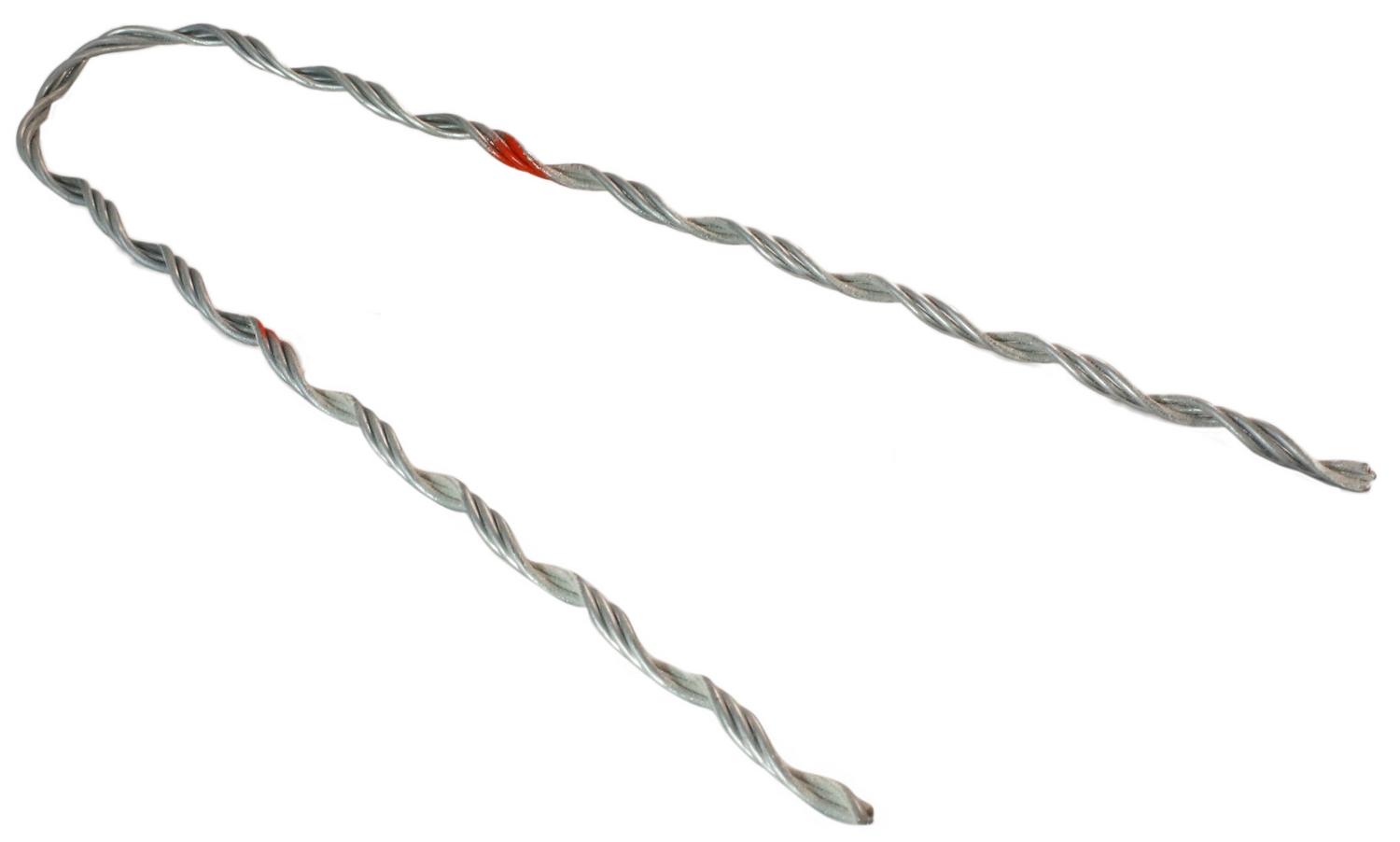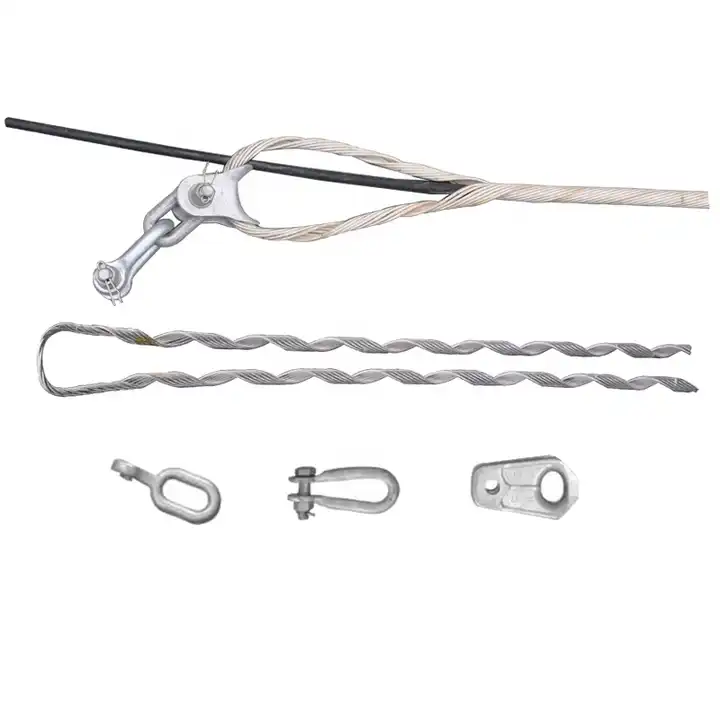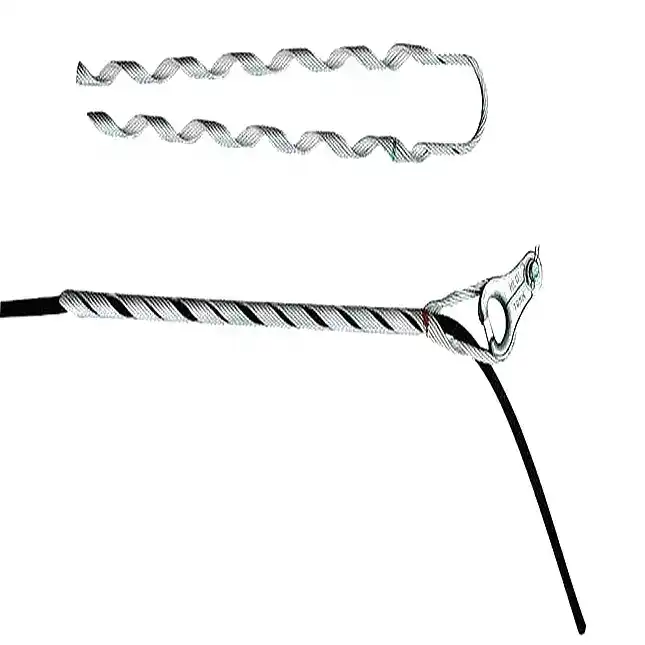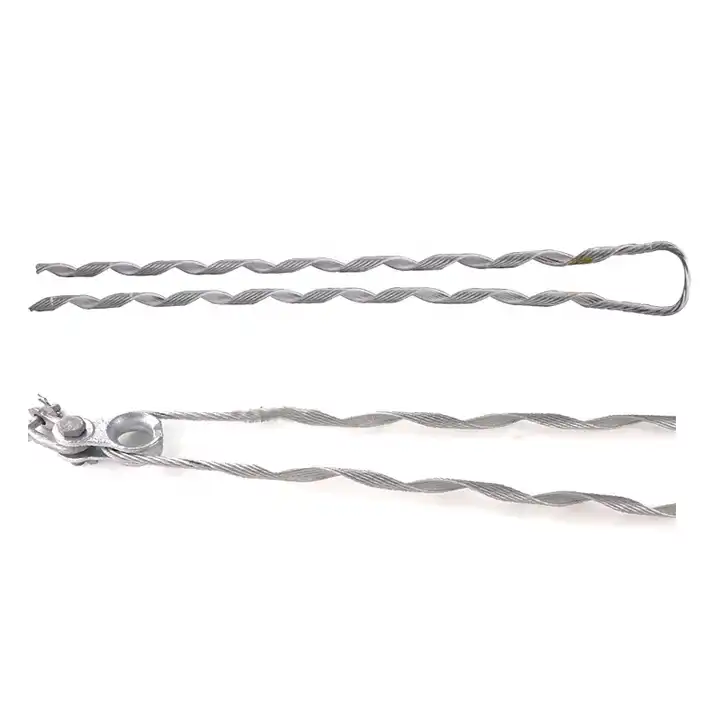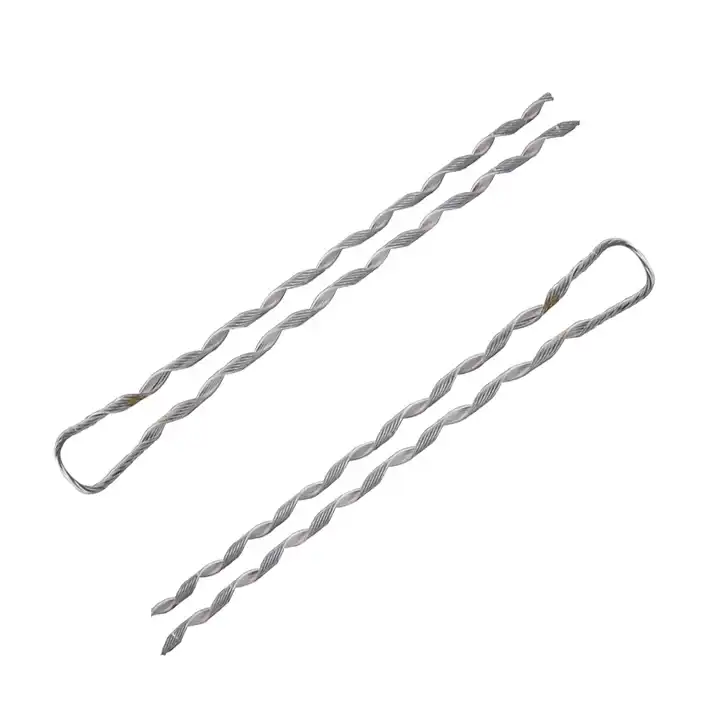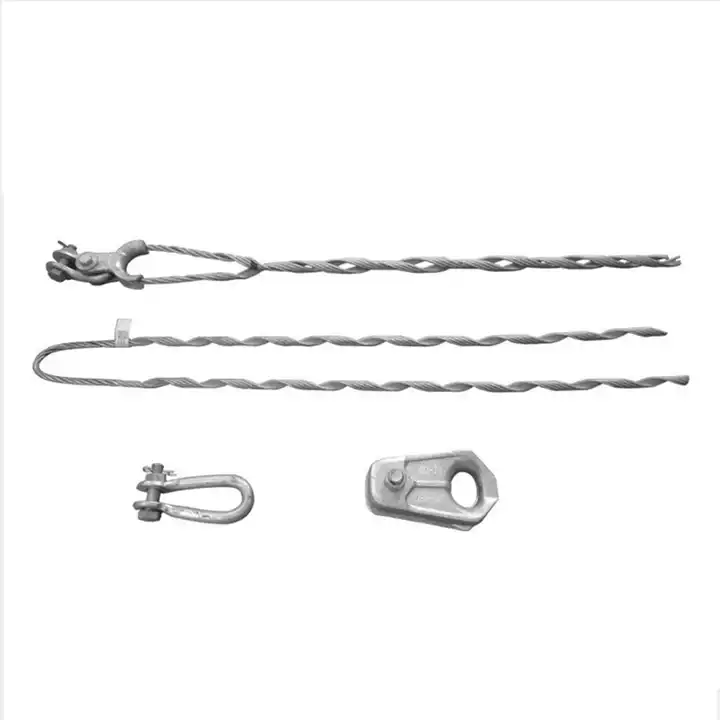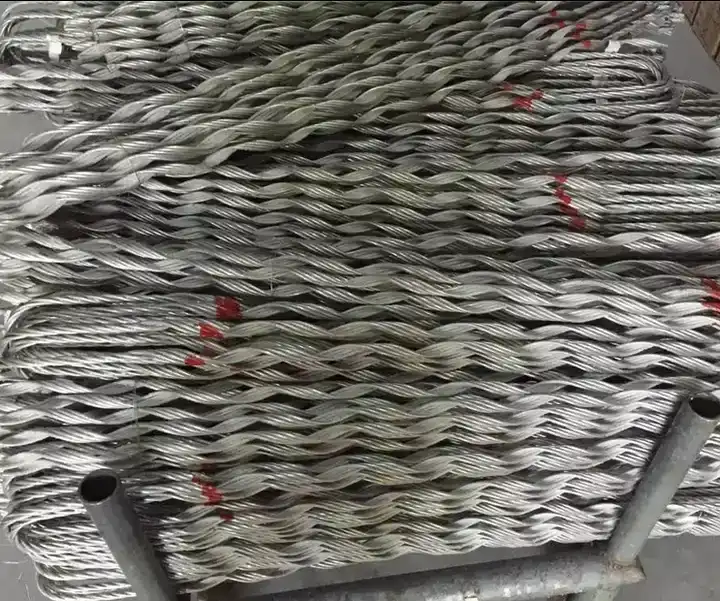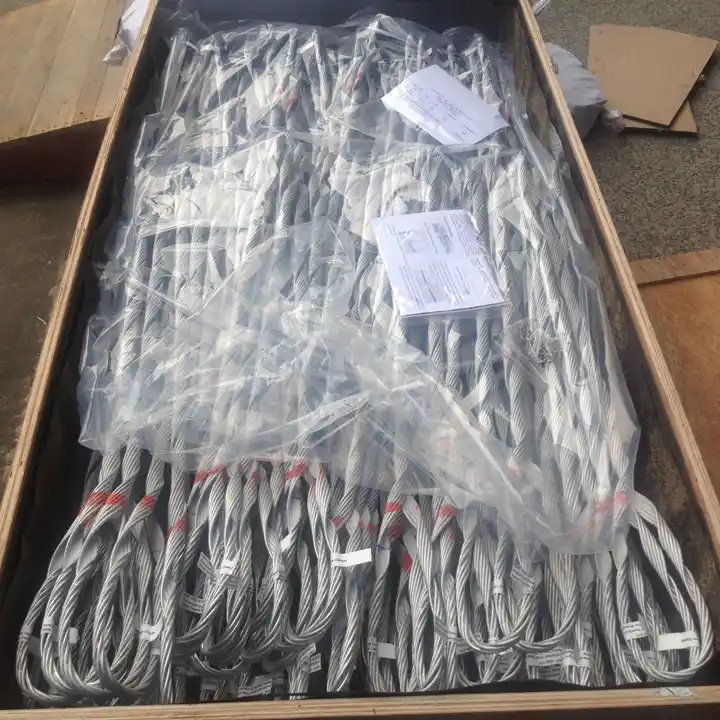- Description
- Specification
Description
As an ISO-certified manufacturer and supplier, now QUAN PHAM has successfully developed the customized dead end grip which replaced the NLL tension clamp and UT &NX clamp on the dead end pole line or transmission line.
Dead end grip is one series of guy grip. It is much different from the dead end cable grips, used on ADSS/OPGW/OPPC communication lines.
According to the application, the dead end grip includes guy wire dead end grips, preformed dead end grip used on the conductor, and performed grip used on the grounding wire. Guy wire preforms are applied widely on dead end poles. The guy wire preforms to connect the insulator or anchor rod to accomplish the function of establishing the pole.
Dead end grip also called preformed dead end grip, is widely used on ACSR, AAC, AAAC, copper conductor, and steel wire.
Preformed dead end grip features high grip strength, easy installation, and anti-corrosion to satisfy today’s growing overhead line construction market. You can see more details here.
With 12 years of manufacturing experience, QUAN PHAM has successfully exported the dead end grip to Russia, Kenya, South America, etc.
If you have any questions, feel free to ask.
Table of Contents
- 1 Dead End Grip: The Complete Guide
- 2 What is a Dead-End Grip?
- 3 Why You Need a Dead-End Grip?
- 4 Features of Dead-End Grips
- 5 Types of Dead-End Grips
- 6 Technical Specification of Dead-End Grips
- 7 Dead End Grip Manufacturing Process
- 8 Step-by-step Dead-End Grip Installation Process
- 9 frequently asked questions (FAQs)
- 10 Conclusion
Dead End Grip: The Complete Guide
Pole line connections are fundamental aspects that require materials that are durable and strong.
In the past, many people faced a lot of challenges using certain types of hardware that would end up breaking easily.
The development of better equipment such as the dead-end grip makes it very easy for you to learn and use in your daily activities.
Today, I am going to show you how to buy a dead end grip.
Let’s get to that…
What is a Dead-End Grip?
A dead-end grip is a type of pole line hardware that connects to the eye thimbles on pole lines and communication lines.
They have a particular design that allows transmission on antennas, transmission lines, communication lines, and other guy structures.
The material that manufacturers use in making the dead-end grips are the same as the material of the strand.
The design is intended for single use, but for retention purposes, it is used twice within a 90-day window of installation.
The grip on dead-end grip holds the conductors perfectly and prevents distortion on the conductors.
Why You Need a Dead-End Grip?
Dead-end grips are the best form of connections that are in use currently replacing the NLL, Ut, and NX tension clamps.
They are used on transmission lines and pole lines to hold the devices together and transmit power on power lines.
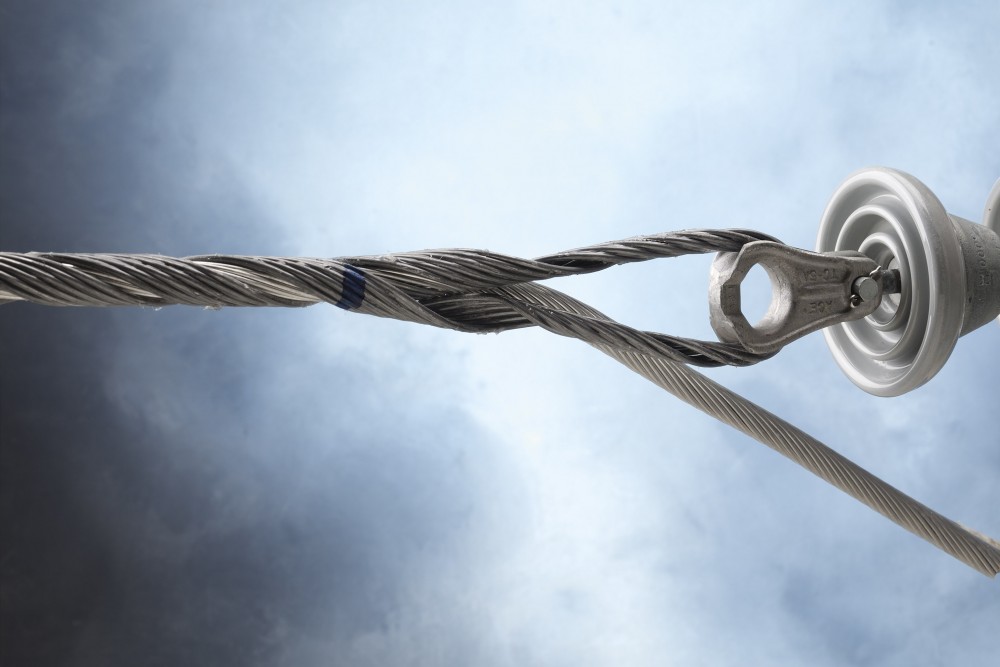
Application of dead-end grip
Be careful not to confuse it with dead-end cable grips which are common on OPGW/OPPC/ADSS lines of communication.
It is also known as the performed dead end grip and is in everyday use on AAC, AAAC, and ACSR steel wires and copper conductors.
It has very high grip strength, is easy to install, and is resistant to corrosion fitting the current demand on pole line hardware.
Features of Dead-End Grips
They have simple structures thus making them easy to install.
They also have a very high grip strength of up to 95% for the breaking load.
This explains why the breaking load is also very high.
It is resistant to corrosion mainly because the materials are the same as the materials of the conductor.
This mechanism makes it difficult for electrochemical corrosion to occur.
Apart from that it also passes through the process of hot-dip galvanization making it resistant to corrosion.
Types of Dead-End Grips
There are three main types of dead-end grips as explained below.
Dead end grips are of many types having different color marks because of the wide variety in diameter on the conductors.
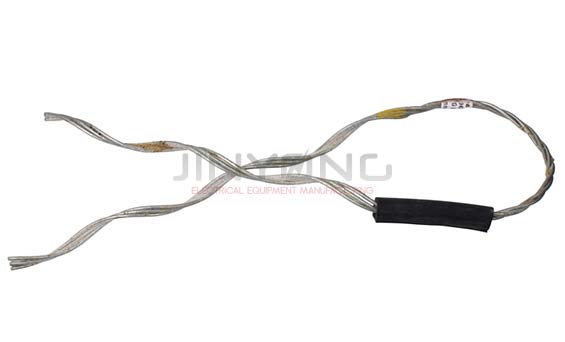
Color coding dead end grip
· Guy Wire Dead End Grips
They are mainly in use for guying poles in constructing communication and power lines.
They work with guy strands of 1-inch diameter or less.
It has off-set tips to make installation very simple.
It is durable and reusable more than once after the first installation.
Besides, it also has color codes on both ends which help in its identification.
It has cable loops available for all strand sizes.
· Preformed Dead End
They have a particular design for use on Antenna, transmission, communication and other guyed structures.
This is among the most massive guy dead ends for use in large-scale installations.
It is also reusable, and the manufacturers make it using the same material as that of the conductors.
· Preformed Grips
The preforms of the guy wire apply widely on the dead-end poles and are reusable.
The material in use is the same as the material of the conductors.
It has a very high tensile strength and is resistant to corrosion.
Technical Specification of Dead-End Grips
Now, before buying a dead end grip, you should consider these technical specifications:
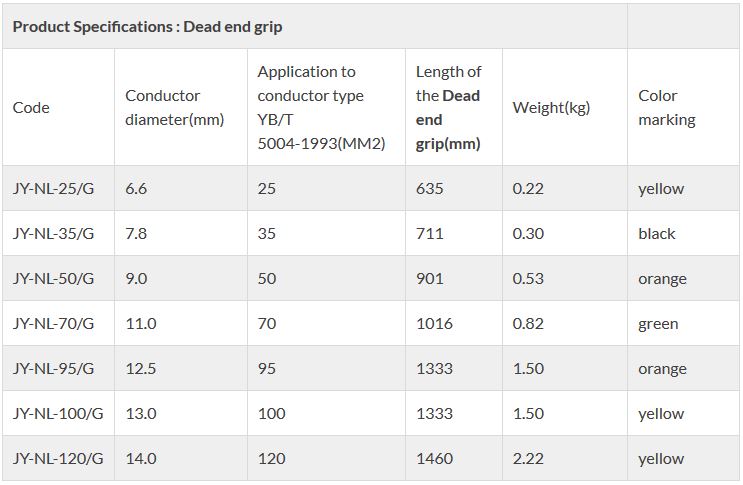
Technical specification of dead-end grip
· Dimension
The dimensions on the dead-end grip are length and diameter.
Also, the length of the dead-end grip depends on the specifications of the customer and the kind of job it will perform.
The diameter is uniform and can also vary depending on the demands of the customer.
· Material Type
The main material’s manufacturers use in making dead-end grips are aluminum wires and galvanized steel wires.
Apart from that, aluminum clad steel can also be used to make dead-end grips.
In most cases, the material of the conductor is the same as the material on the dead-end grip.
The materials mentioned above are also susceptible to corrosion and pass through the process of hot-dip galvanization.
· Finish – hot-dip galvanization
This is the primary process that the dead-end grips pass through to make them corrosion resistant.
It provides the dead-end grip with an extra coat that will keep corrosion away making it stronger and more durable.
· Thickness
The thickness of the dead-end grip is dependent on the specifications of the customer.
Again, the diameter determines the thickness, and the greater the diameter, the thicker the dead-end grip.
The thicker the dead-end grip, the higher the tensile strength.
· Design
The type of dead-end grip varies according to the plan.
Normally, the most common kind of dead-end grip has one hole at the end.
After bending it, it will have two holes at the end where the conductor will pass through.
· Tensile strength
Dead-end grips are supposed to have very high tensile strengths because of the kind of tension it has.
The tensile strength also varies depending on the type of material and the thickness of the material.
The stronger the material, the higher the tensile strength and the thicker the article, the more significant the tensile strength.
Dead End Grip Manufacturing Process
The primary raw material in the manufacture of dead-end grips is aluminum wires or steel wires.

Dead end grip
The other material involved is cutting and measuring instruments.
Measure the steel wire and cut it to the right specifications.
After that, you will join the steel wires together and twist them so that they can fuse into one another.
Twist the whole system of steel wires to the end of the piece that you cut.
Make sure that it is twisted well to form a single piece with spaces in between for the conductor.
After that bend the new piece directly at the center forming a U shape.
In most cases, you will use galvanized to prevent it from corrosion.
If not, you will pass it through the process of hot-dip galvanization to make it resistant to corrosion.
Step-by-step Dead-End Grip Installation Process
The process of installing a dead-end grip is very simple and does not require the assistance of an expert. It is installed by hand, no need tool.
You will, however, require the assistance of an extra pair of hands to hold the device as you wrap it.
Put on gloves to protect your hands and also increase your grip on the dead-end grip.
Gather all the material you need to the working site among them being the dead-end grip.
Pass the dead-end grip through the eye thimble in case it is the connection in use.
Make sure that the connection goes all the way to the area with the bend.
After that, you will install the conductor along the strands of the dead-end grip.
Ensure it fits well into the strands on one side of the dead-end grip.
Fit it to the end of the dead-end grip.
The next step involves covering the strand using the other side of the dead-end grip.
With the help of an assistant holding the area with the bend, carefully wrap the straps.
Overlap the two sides of the dead-end grip slowly covering the conductor to the end.
At this point, the installation of the dead-end grip is complete, and you should proceed to the next step.
frequently asked questions (FAQs)
What is a dead-end grip?
A dead-end grip is a type of guy grips that connect to the eye thimbles on pole lines and communication lines.
What is the raw material of the dead end grip?
The materials of dead end grip are aluminum wire, galvanized steel wire, aluminum clad steel wire. The preformed dead end grip material is the same as the conductor material.
What are the types of dead-end grips?
There are three main types of dead-end grips:
- Guy Wire Dead End Grips
- Preformed Dead End
- Preformed Grips
What are the features of dead-end grip?
- Simple structure, easy installation.
- High breaking load and grip strength are up to 95% of the breaking load.
- Anti-corrosion: The material of dead end grip is the same as the conductor, so it can prevent electrochemical corrosion. The surface is hot dip galvanized to prevent it from getting rusty.
What is the key specification of dead-end grips?
When choosing a dead end grip, you should consider these technical specifications:
- Design
- Material Type
- Dimension
- Thickness
- Tensile strength
- Finish – hot-dip galvanization
Conclusion
The kind of grip that a dead-end grip has on pole line hardware makes it the best choice for you.
Concerning durability, strength, and safety make sure you choose dead end grips for your connections.
Different companies are also ready to provide you with the best form of custom-made dead-end grips.
And here at QUAN PHAM, we understand your needs when it comes to pole line hardware.
Contact us today, for a cost-competitive dead end grip.
The materials of dead end grip are aluminum wire, galvanized steel wire, aluminum clad steel wire. The preformed dead end grip material is the same as the conductor material.
There are many types of dead end grips with different color marks because of the varying diameter of the conductor. If you want to find a specific type, check the specification tab below.
| Product Specifications : Dead end grip | |||||
| Code | Conductor diameter(mm) | Application to conductor type YB/T 5004-1993(MM2) | Length of the Dead end grip(mm) | Weight(kg) | Color marking |
| JY-NL-25/G | 6.6 | 25 | 635 | 0.22 | yellow |
| JY-NL-35/G | 7.8 | 35 | 711 | 0.30 | black |
| JY-NL-50/G | 9.0 | 50 | 901 | 0.53 | orange |
| JY-NL-70/G | 11.0 | 70 | 1016 | 0.82 | green |
| JY-NL-95/G | 12.5 | 95 | 1333 | 1.50 | orange |
| JY-NL-100/G | 13.0 | 100 | 1333 | 1.50 | yellow |
| JY-NL-120/G | 14.0 | 120 | 1460 | 2.22 | yellow |



